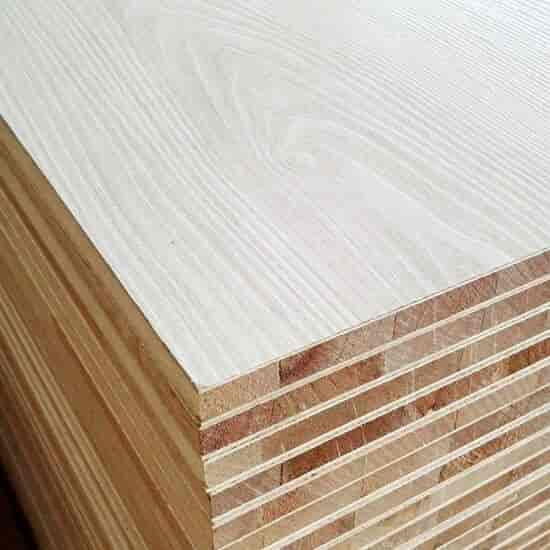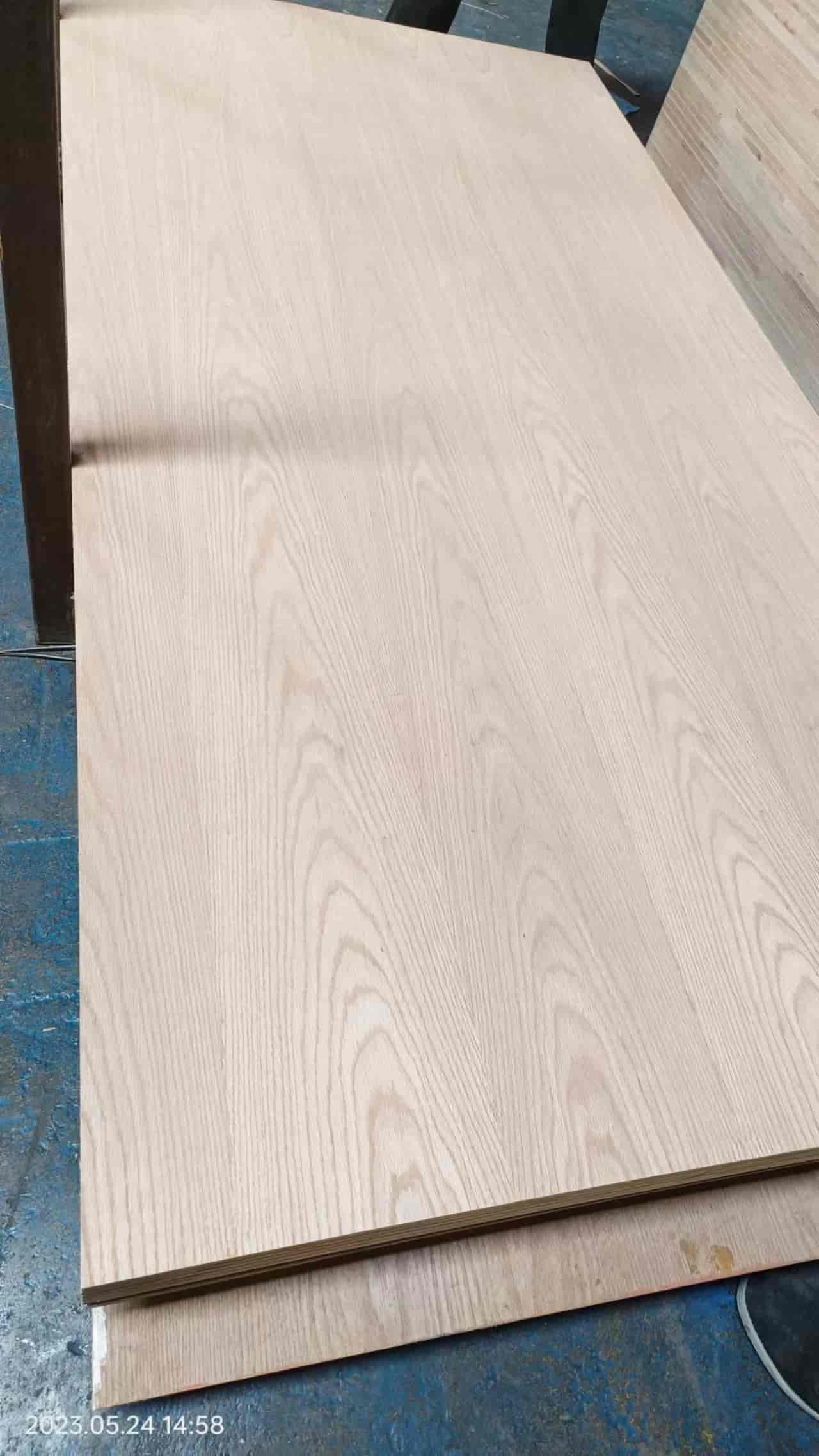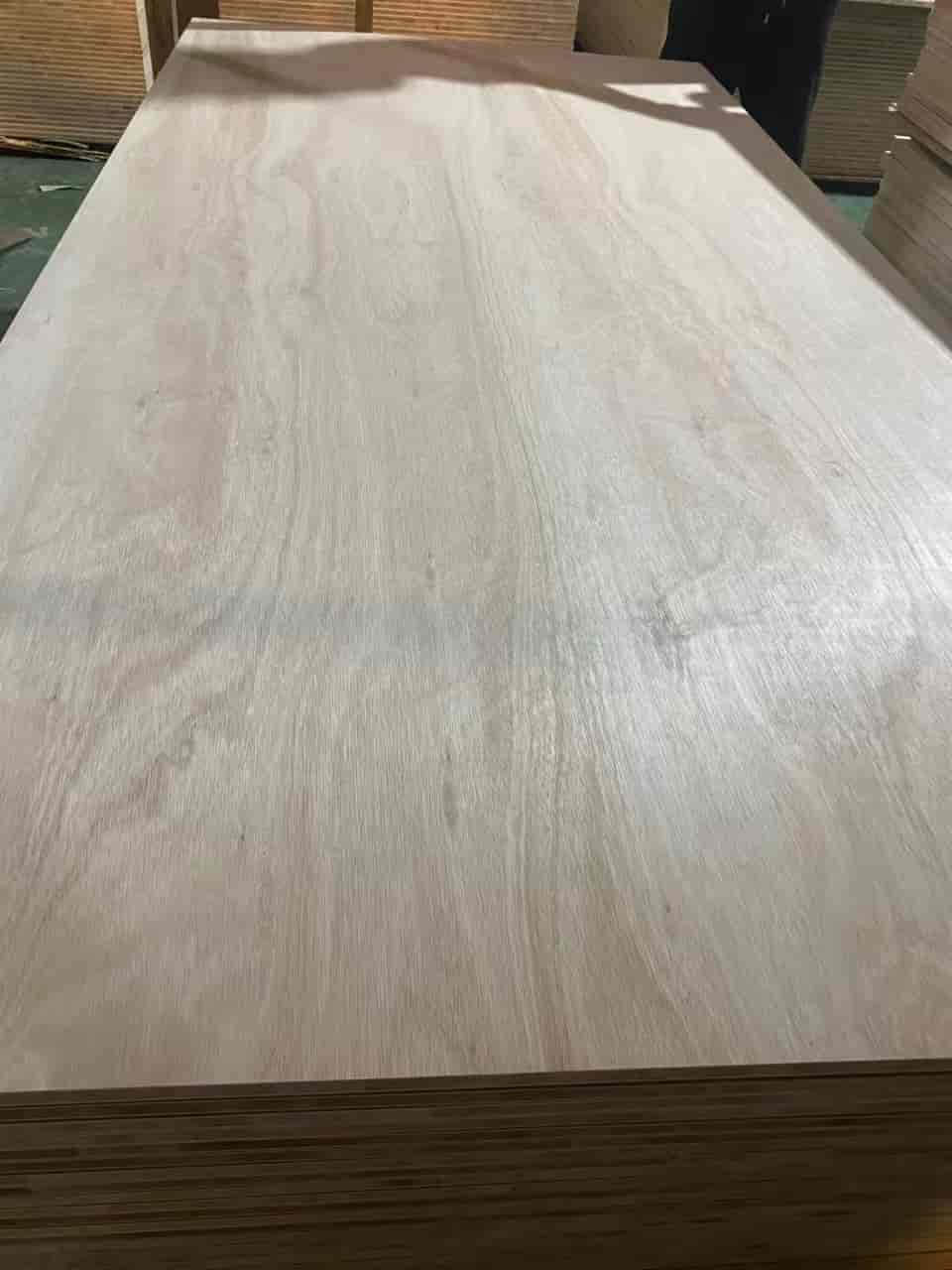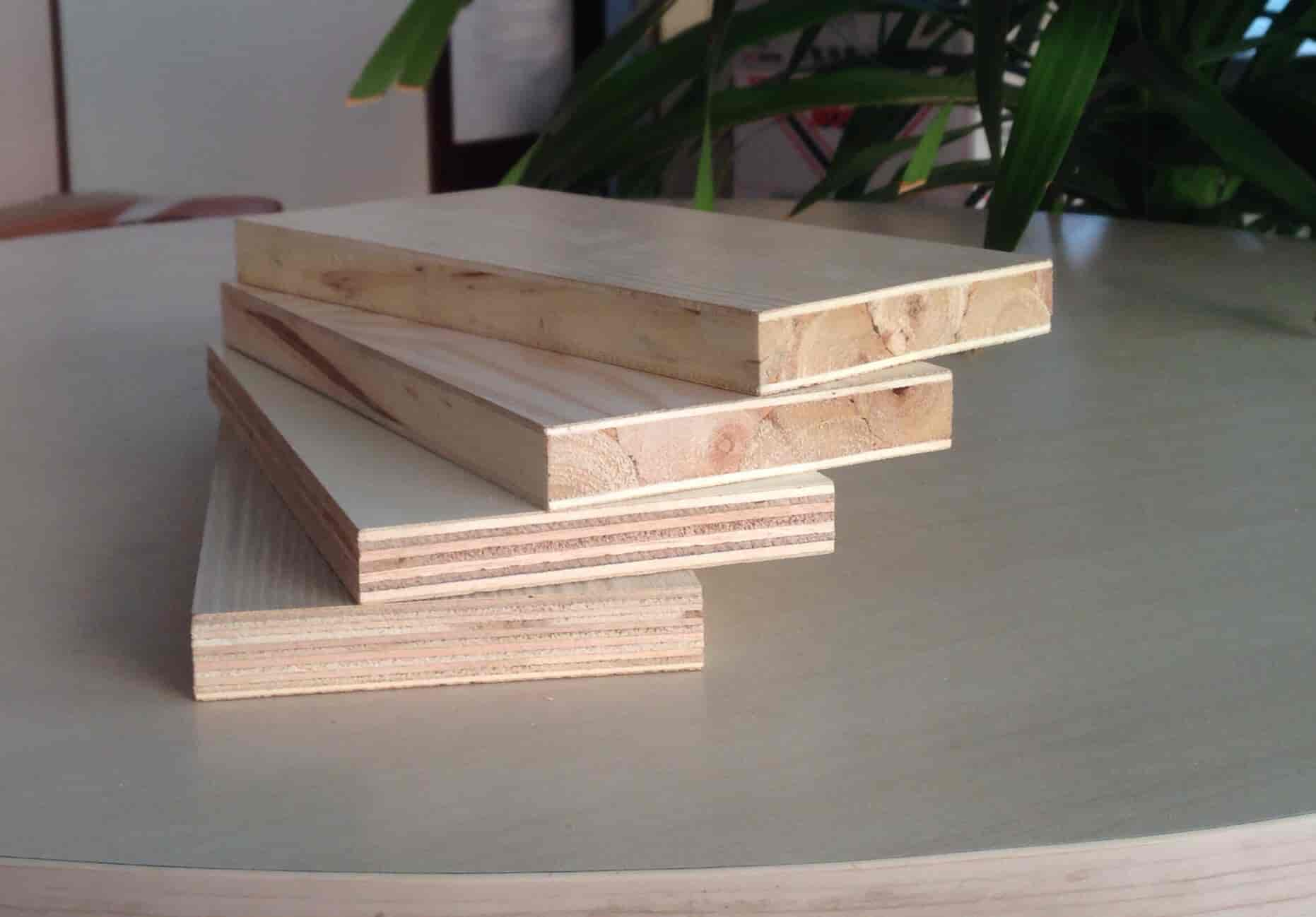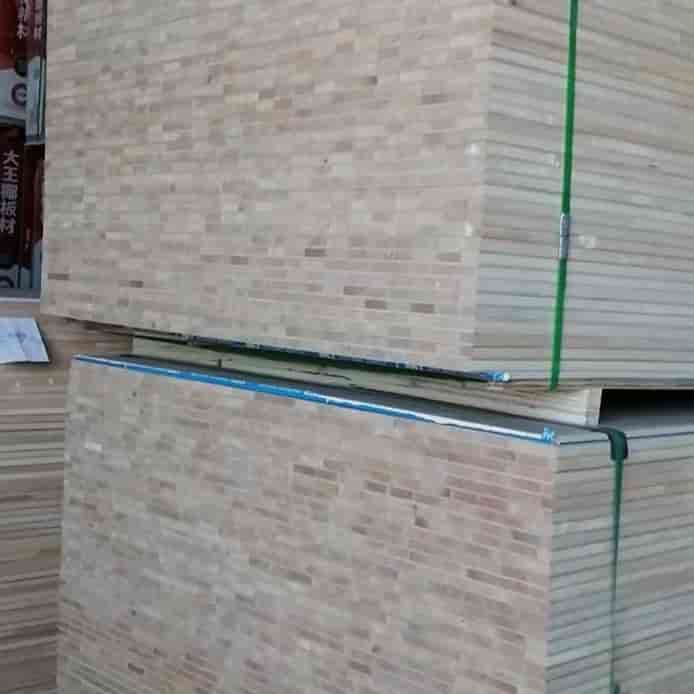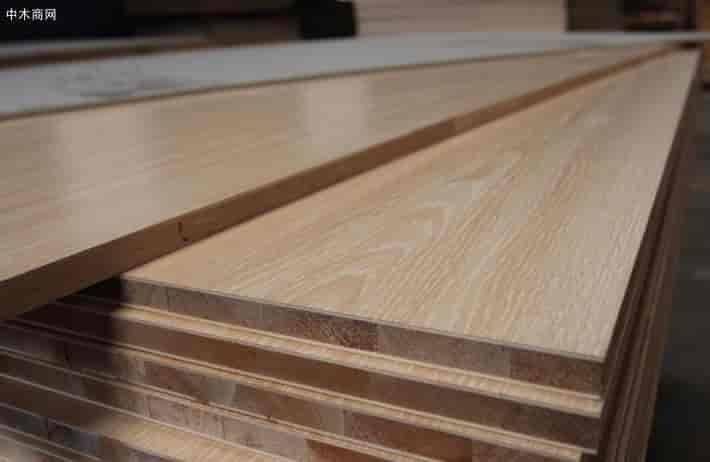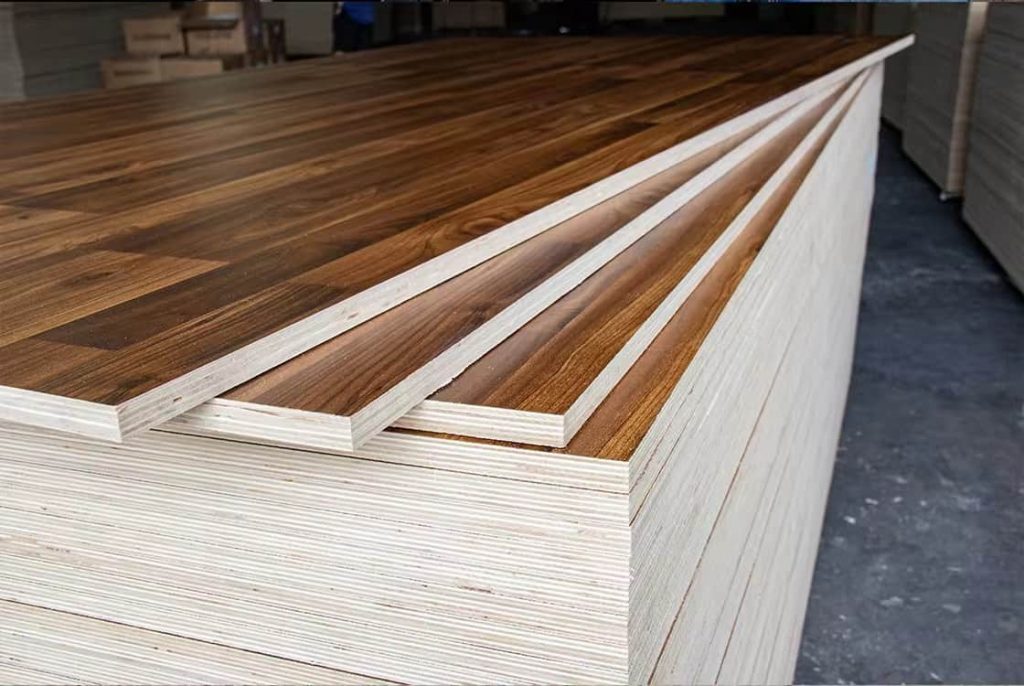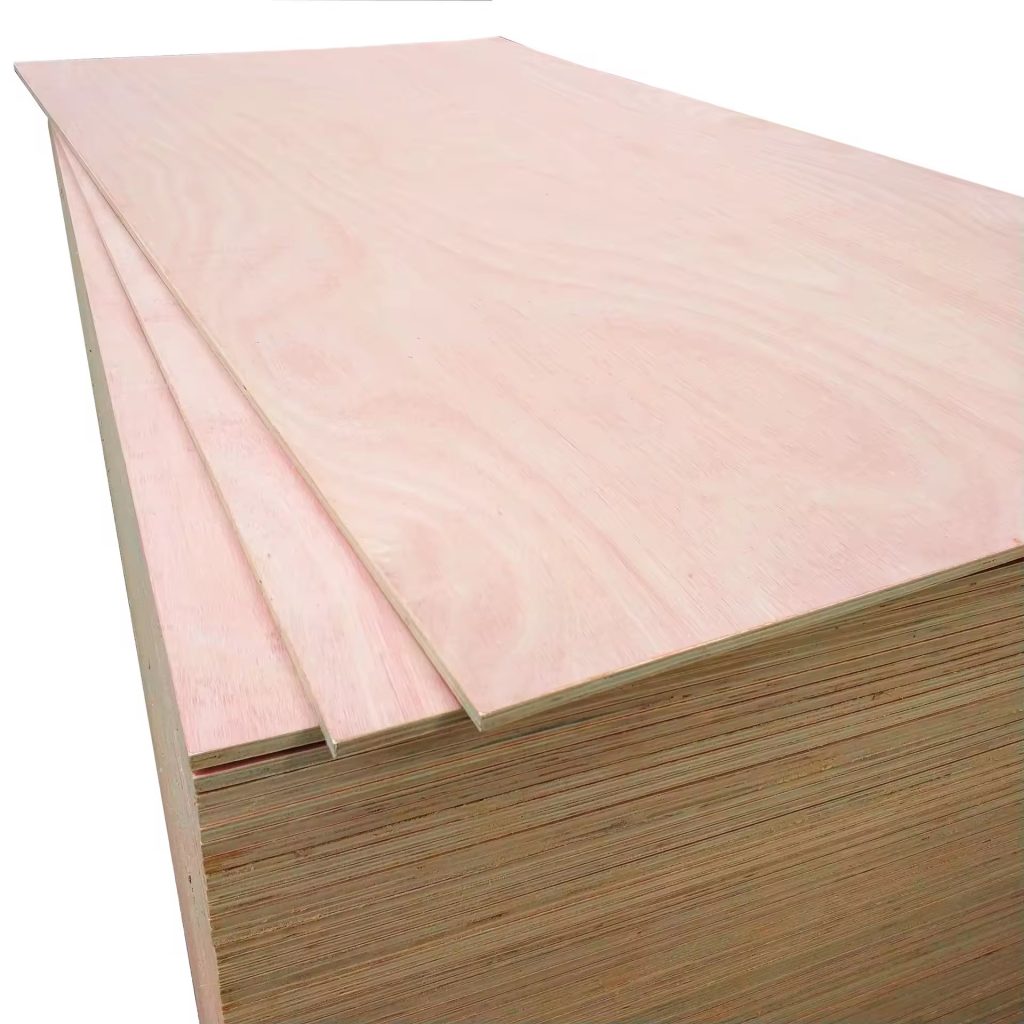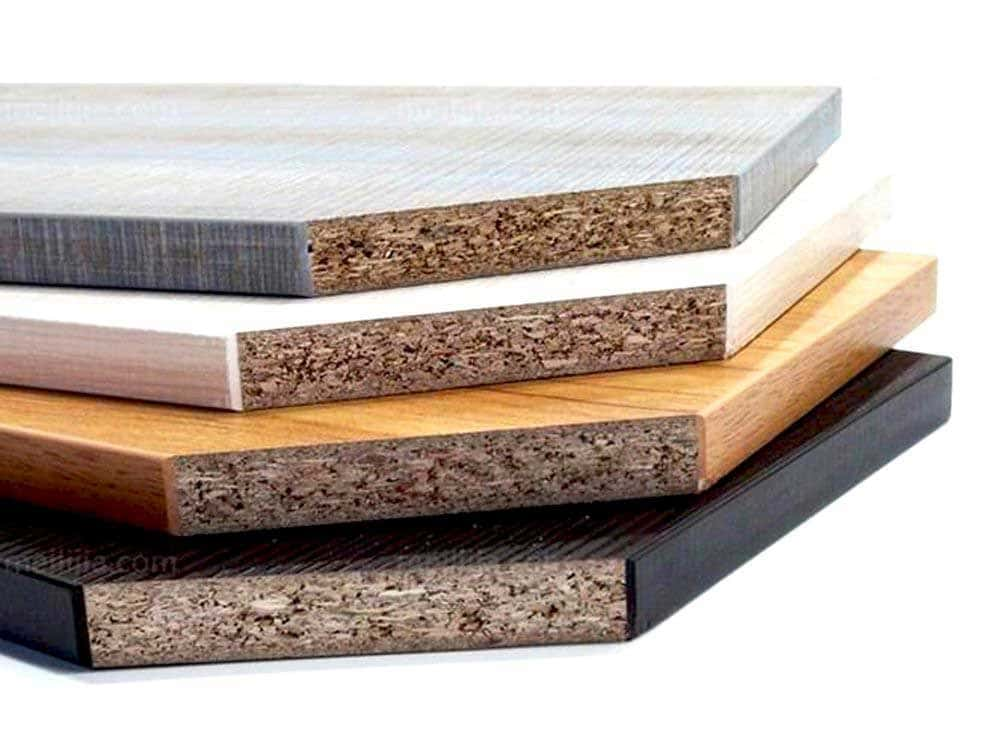Particle Board vs Blockboard: Exploring the Differences
When it comes to choosing between particle board and blockboard, there are several factors to consider. Both materials have their own advantages and disadvantages, which can make it difficult to decide which one is the best option for a particular project. Here, we will explore the differences between particle board and blockboard, including their composition, strength, and suitability for various applications.
Firstly, it is important to understand the composition of each material. Particle board is made by breaking down wood chips into small particles, which are then mixed with an adhesive and pressed together under high pressure to create a flat panel. In contrast, blockboard is created by stacking thin layers of plywood or other wood-based sheet materials on top of each other, with the grain direction alternating between each layer. This construction results in a stronger and more dimensionally stable product, as compared to particle board.
Next, let us consider the strength and durability of both materials. Particle board is generally less dense and less resistant to moisture than blockboard, making it more prone to warping, swelling, and delamination when exposed to moisture. However, particle board is also lighter and easier to work with, making it a popular choice for DIY projects and temporary furniture. Blockboard, on the other hand, is denser and more resistant to moisture, making it a better choice for outdoor applications or areas with high humidity levels.
Another factor to consider when choosing between particle board and blockboard is their suitability for different types of finishes. Particle board has a smooth surface that lends itself well to painting or staining. While it can be used for veneering, its lower density makes it less suitable for heavy wear and tear. Blockboard, on the other hand, has a rougher surface that may require sanding before applying finishes. However, its higher density makes it a better substrate for heavy veneers such as stone or metal.
In terms of cost, particle board tends to be less expensive than blockboard due to its lower manufacturing costs. However, this may vary depending on the specific type of particle board or blockboard being purchased, as well as any additional treatments or coatings applied.
Finally, let us consider some specific uses for each material. Particle board is commonly used for cabinet frames, closet shelves, and other non-structural applications where lightness and ease of installation are desired. It can also be used as a base material for countertops or flooring, although it may not be as durable or long-lasting as other options. Blockboard, on the other hand, is often used for structural applications such as shelving or stair treads, as well as exterior cladding or siding. Its greater resistance to moisture makes it ideal for these types of applications.
In conclusion, choosing between particle board and blockboard depends on a variety of factors including composition, strength, suitability for finishes, cost, and intended use. By understanding the unique properties and limitations of each material, consumers can make informed decisions about which option is best suited for their needs.
